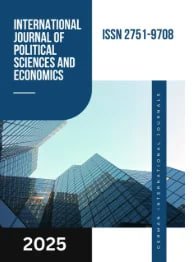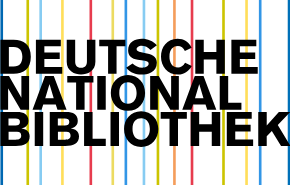INTERDISCIPLINARY PEDAGOGICAL APPROACHES FOR TRAINING SPECIALISTS IN URBAN MOBILITY AND TRANSPORT MANAGEMENT
DOI:
https://doi.org/10.55640/Keywords:
transport education, pedagogy, professional competence, active learning, simulationAbstract
This article explores the role of innovative pedagogical approaches in enhancing professional competence among students of transport education. As the transport sector undergoes rapid transformation through digitalization, sustainability initiatives, and smart city integration, the need for highly skilled professionals becomes increasingly significant. The research examines how active learning strategies, digital tools, and interdisciplinary teaching methods contribute to the development of technical expertise, problem-solving abilities, and critical thinking. A mixed-methods design, including literature analysis, classroom observation, and student surveys, was employed. The results show that problem-based learning, simulation technologies, and case study analysis significantly improve student engagement and readiness for real-world challenges. The study highlights the importance of aligning pedagogical practices with the evolving demands of the transport industry and offers recommendations for curriculum modernization.
References
1.Biggs, J., & Tang, C. Teaching for Quality Learning at University. McGraw-Hill, 2011.
2.Kolb, D. A. Experiential Learning: Experience as the Source of Learning and Development. Prentice Hall, 2014.
3.Mayer, R. E. Learning and Instruction. Pearson, 2019.
4.Salimova, N., & Karimov, B. “Innovative Teaching Approaches in Transport Engineering Education.” Journal of Technical Education Research, 2022.
5.Schön, D. The Reflective Practitioner: How Professionals Think in Action. Routledge, 2016.
6.UNESCO. Engineering Education for Sustainable Development. Paris: UNESCO Publishing, 2021.
7.Yilmaz, H. “Problem-Based Learning in Engineering Education: A Case Study.” International Journal of Pedagogical Innovation, 2020.
Downloads
Published
Issue
Section
License

This work is licensed under a Creative Commons Attribution 4.0 International License.
Authors retain the copyright of their manuscripts, and all Open Access articles are disseminated under the terms of the Creative Commons Attribution License 4.0 (CC-BY), which licenses unrestricted use, distribution, and reproduction in any medium, provided that the original work is appropriately cited. The use of general descriptive names, trade names, trademarks, and so forth in this publication, even if not specifically identified, does not imply that these names are not protected by the relevant laws and regulations.







